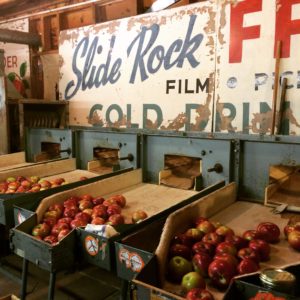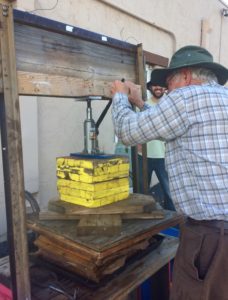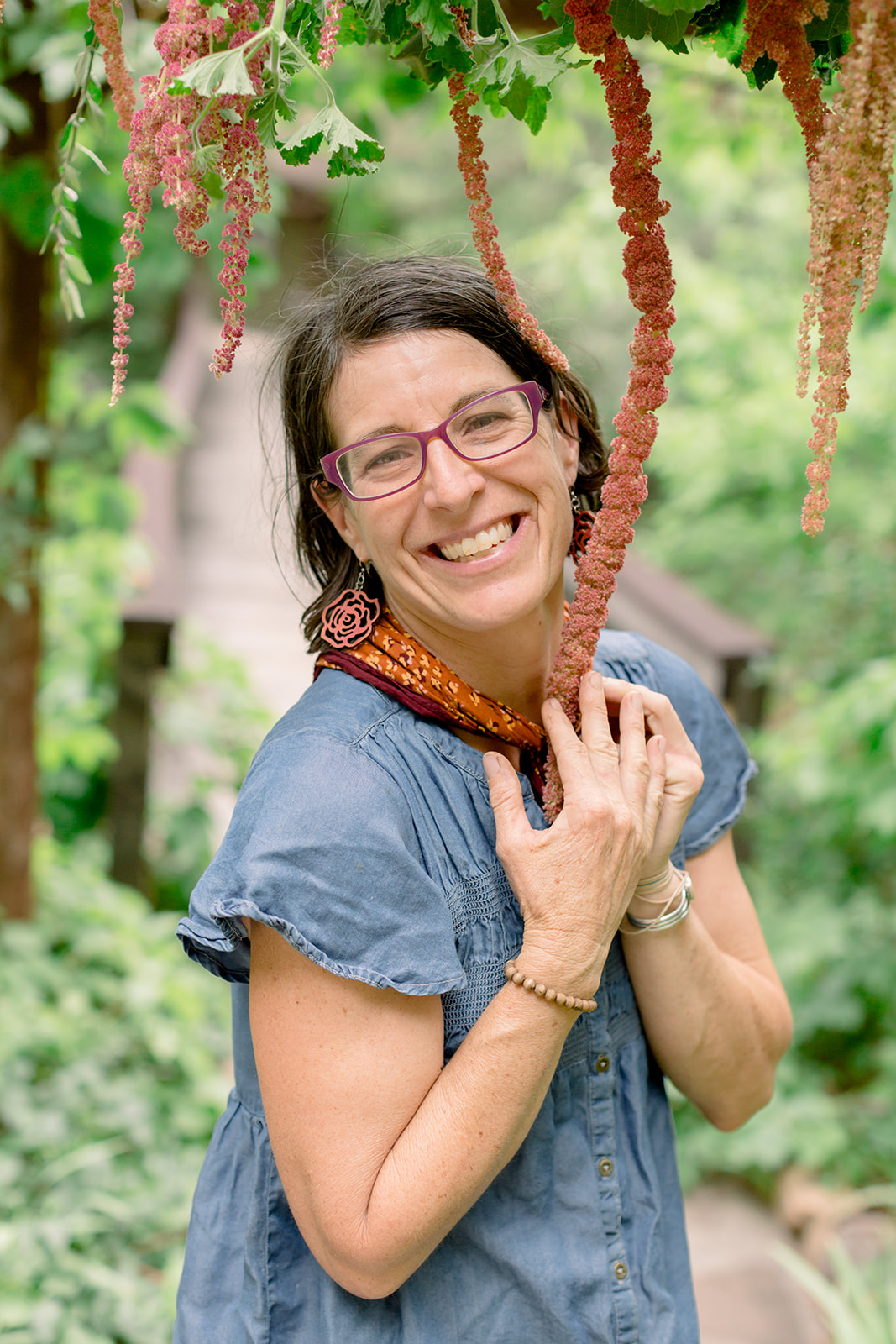 This year, in Flagstaff, we were fortunate to enjoy a long, lingering autumn. I drank in the last warm days surrounded by the ripeness of the world, just as it is at its peak, before yielding to the natural cycle of rest. I relished the shock of gilded leaves falling to the ground and the pungent perfume of summer decomposing into the earth, appreciating this reminder from the plant world of the endless cycle of death, decay, and dormancy that preambles growth.
This year, in Flagstaff, we were fortunate to enjoy a long, lingering autumn. I drank in the last warm days surrounded by the ripeness of the world, just as it is at its peak, before yielding to the natural cycle of rest. I relished the shock of gilded leaves falling to the ground and the pungent perfume of summer decomposing into the earth, appreciating this reminder from the plant world of the endless cycle of death, decay, and dormancy that preambles growth.
My behavior is rather manic in the days leading up to imminent hard consecutive frosts. The apple trees around town produced a bumper crop and I could not stop myself from harvesting the bounty from random neighborhoods and parking lots. I had collected a few boxes of these apples in my basement with no concrete plan for them. These apples from untended trees were so small that cider was the best way to handle them. I heard about a man who built a cider press and set it up on weekends at the Market of Dreams on Fourth Street. I had to check this guy out. I found a smiling, gray-haired man operating a handmade cider press, surrounded by giant plastic tubs and laundry baskets full of all varieties of apples. This man, Ward, a retired engineer from Wisconsin, worked most of his career in the oil refinery industry. A few years ago he received “a call,” as he described it, when he witnessed an abundance of apples going to waste on the trees around Flagstaff. This inspired him to build a cider press from scrap wood, an old bed frame, and a car jack to make sweet cider for whoever desires it. He looked a little worn out, as he had been at it for almost two solid months; not just pressing, but picking from his favorite neighborhood trees as well.
 I understand what Ward means when he describes the call he received to devote his free time to all things apples. I got a call like that last year during my apprenticeship at the University of Santa Cruz. Whoever is working the switchboard for the apple world found my direct line and I answered. I fell deeply in love with the 130-plus varieties of apple trees at the Farm and Garden. Orin Martin, our fruit tree guru, began our first pruning lesson with the poem “Ode to the Apple” by Pablo Neruda: “When we bite/Round your innocence/We return/for a moment/To be also newly created creatures: Then we have something of the apple.” I didn’t want to ever return from that place.
I understand what Ward means when he describes the call he received to devote his free time to all things apples. I got a call like that last year during my apprenticeship at the University of Santa Cruz. Whoever is working the switchboard for the apple world found my direct line and I answered. I fell deeply in love with the 130-plus varieties of apple trees at the Farm and Garden. Orin Martin, our fruit tree guru, began our first pruning lesson with the poem “Ode to the Apple” by Pablo Neruda: “When we bite/Round your innocence/We return/for a moment/To be also newly created creatures: Then we have something of the apple.” I didn’t want to ever return from that place.
Apples are tasty, as are all the things you can make with them, but fruit trees are wondrous and mysterious. The care of these trees involves a series of interventions and a relationship between you and a complex living organism. This is a world rich in metaphors and Orin is well versed in them. The buds are arrows, and when you cut to an outward-facing bud, the branch will grow further in the direction it’s pointing. He encourages us to create alleys of light between the whorls of branches because you need sun to make fruit. It is the lateral branches that bear fruit, so you are always looking for ways to generate more “fruit hooks,” the perennial flower buds where fruit is a possibility. Orin compares pruning to gospel music, as it is a call and response between you and the tree. Sometimes I am the caller and sometimes the responder, but always I am searching for the harmony and with hands clapping together in praise.
I watched Orin’s fluid and precise movements with awe during our summer pruning sessions. He’s been at it for more than 40 years, and I’m beginning to understand that it will take me that long to get the hang of this. That means I’ll be in my 70s by the time I’m proficient. The first time I lifted my Felco hand pruners to thin a branch from a young Cox’s Orange Pippin, I felt certain the tree could sense my hesitation and cowardice, the way horses do. How could I make such a bold decision about this tree’s growth? The moment I felt the resistance of my pruners against the young wood and the resolve when it fell to the ground, I was hooked. Light filtered into the greenery, dappling leaves that had been previously shaded. I could see the shape of the tree more clearly, a cup that was rapidly filling with sunlight so it could become more fruitful. Pruning is like sculpting, but with tangible, good tasting rewards if you do it right.
I’ve been making the trek through winding switchbacks of Oak Creek Canyon’s fall foliage display to help with the last of the apple harvesting, sorting and cider-pressing at Garland’s Lodge. Rob Lautz, my Arizona fruit tree guru, has managed the three-acre orchard for the last 30 years. This winter I worked part-time on the pruning crew, and this is my first season seeing the result of those cuts.
As the McIntosh apples roll through the spinning horsehair brushes of the apple polisher and come out shiny, I consider all the effort, every decision on behalf of Rob and others that it took to grow this fruit. The trees bloomed three weeks earlier due to a warm spring and Rob fretted nightly whether flowers would be pollinated, set fruit, and grow big enough to survive the occasional late spring frosty nights. They weathered a summer hailstorm, but you can still see pockmarks from the bruising on the young fruit. Then there is always pressure from codling moths, a serious insect pest, which can destroy the crop.
The fruit is crisp, fresh and tart; it’s sweet, too, but the sour notes play the melody in my mouth. There is nothing like this available in any grocery store. I am grateful for the call to awaken to this world that exists underground and in the branches of the apple trees.

